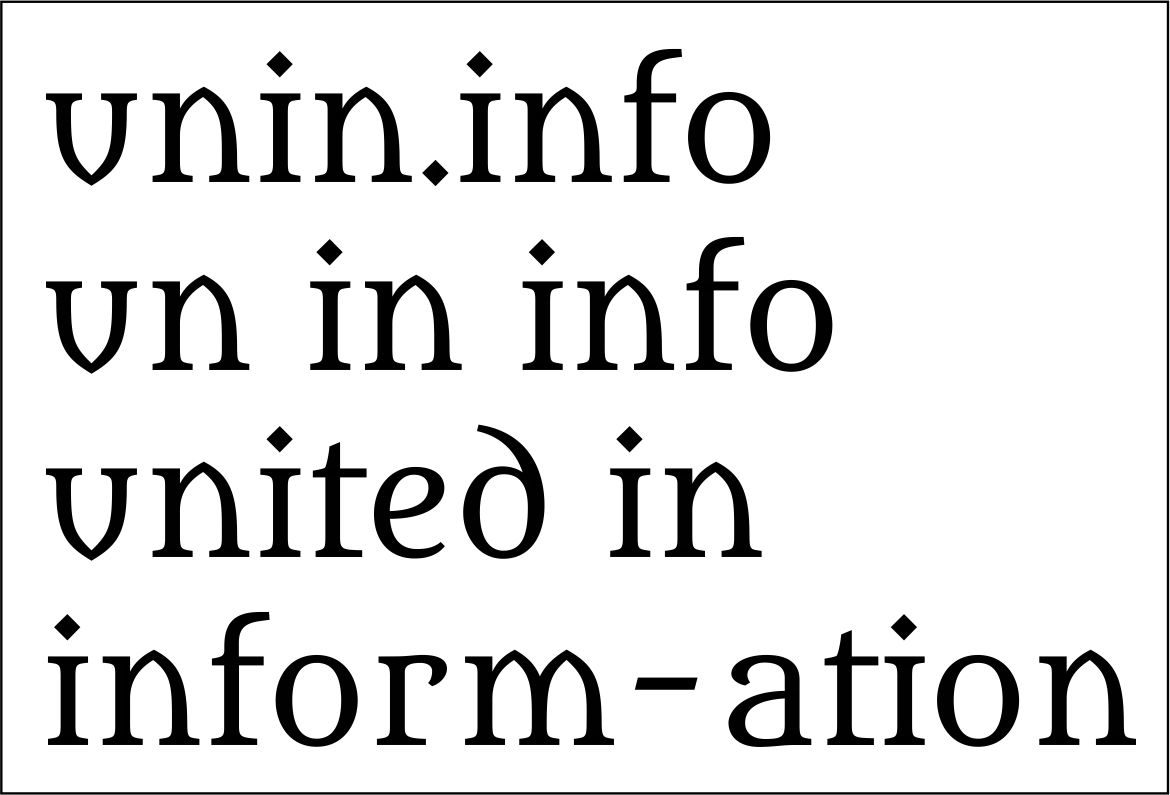This article has lots of links within it to other relevant information to this text, please hover and click to read these, they are very good, and inspirational to this piece of work, Thank you
Nova Anglia to a New Country
Founded by the very same people who would not submit to William the Bastard or Conqueror depending on your perspective.
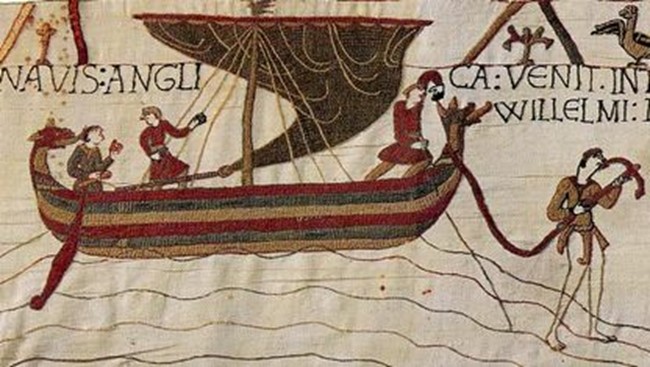
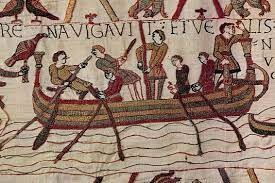
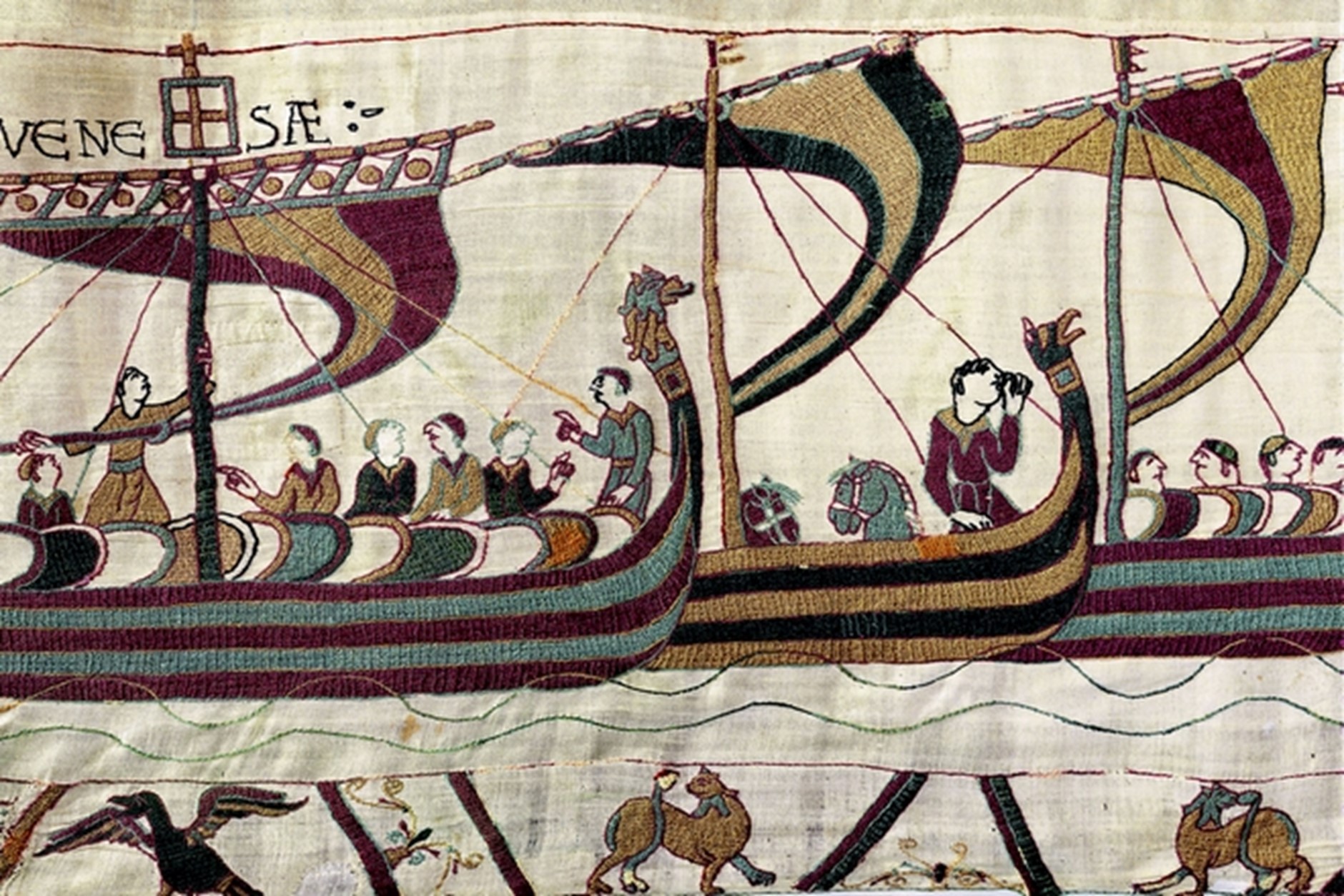
This blog post will start with a list of links which are the evidence for what I write, so you can go and have a look at them to view the correlationships.
I was inspired by the following two facebook posts and looked further, I am very interested in maps and zoomed in and looked around the area for clues:
https://www.facebook.com/groups/anglosaxonsociety/posts/5018154858204118/
https://www.facebook.com/groups/anglosaxonsociety/posts/5904450096241252/
I then clicked on the links mentioned in the comments and when I looked on twitter and googled I found out more:
https://www.caitlingreen.org/2015/05/medieval-new-england-black-sea.html
https://twitter.com/caitlinrgreen/status/1203009919789813761
https://en.wikipedia.org/wiki/New_England_(medieval)
https://forum.paradoxplaza.com/forum/threads/nova-anglia-hip-aar.1060418/
https://bigthink.com/strange-maps/another-new-england-nil-in-crimea
This last link shows that eventually the Tartars returned. Which would have meant that the Nova Anglians had to go somewhere. Looking at the genetic prevalence of gingers and red-heads it is clear where they went, travelling up the river named London from the town named London. They eventually created a massive fortress, they were renowned Varangian Guards, now called Red Square, and St. Basil’s in that area is Orthodox in design and colourful like Anglo-Saxon art. The current Russian politics of fighting against Europe probably relates to their history of being turfed off their original homeland, and the defensive paranoia results from that, also the tendency to strike the first blow, rather than seeing another arrow in their eyes again from a bow.
Another link, from my own deduction, based on appearance, surname and willingness to battle in the area is Prime Minister Boris Johnson’s links to the area.
His ancestors belonged to a Turkish village called Kalfat in the central Anatolian province of Cankiri. Kalfat has been known for a significant population of blond people. The village’s cemetery has a number of graves with the surname Sari, which means yellow in Turkish.
According to some villagers, Johnson and his family have inherited their blond hair from their Turkish origins.
He may well be a Varangian Guard descendent, and the marriage at some point in the family tree to a Johnson could well be seen as a family reunion.
The village where his Great-Grandfather comes from is fairly near Istanbul which was called Constantinople at the time of the Varangian Guards, who were Northern Men, both from Scandinavia and Anglo-Saxon England, in a sense Boris, a Russian sounding name like Boris Yeltsin, President of Russia after Gorbachev, and Johnson an Anglo-Scandinavian one, was coming home when he came to London, to be Mayor there and host the London 2012 Olympics.
https://www.youtube.com/watch?v=b48PqY2hd38
After looking at the maps where there are places identified with the name Sussex, London or a reference to the Varangian Guard in them where researchers had identified locations and linking different articles up I came to new discoveries which I found very exciting.
Firstly that Susacho is in precisely the same map location as the current Sochi, and taking into account changes that occur over time, this is an absolute name match. So that is another Olympic Games to the English! So yes we have staged a Winter Games! Hooray!
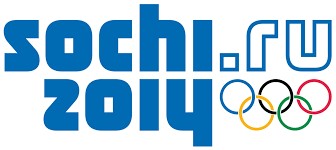
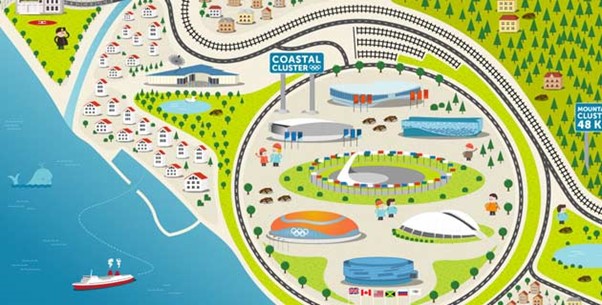
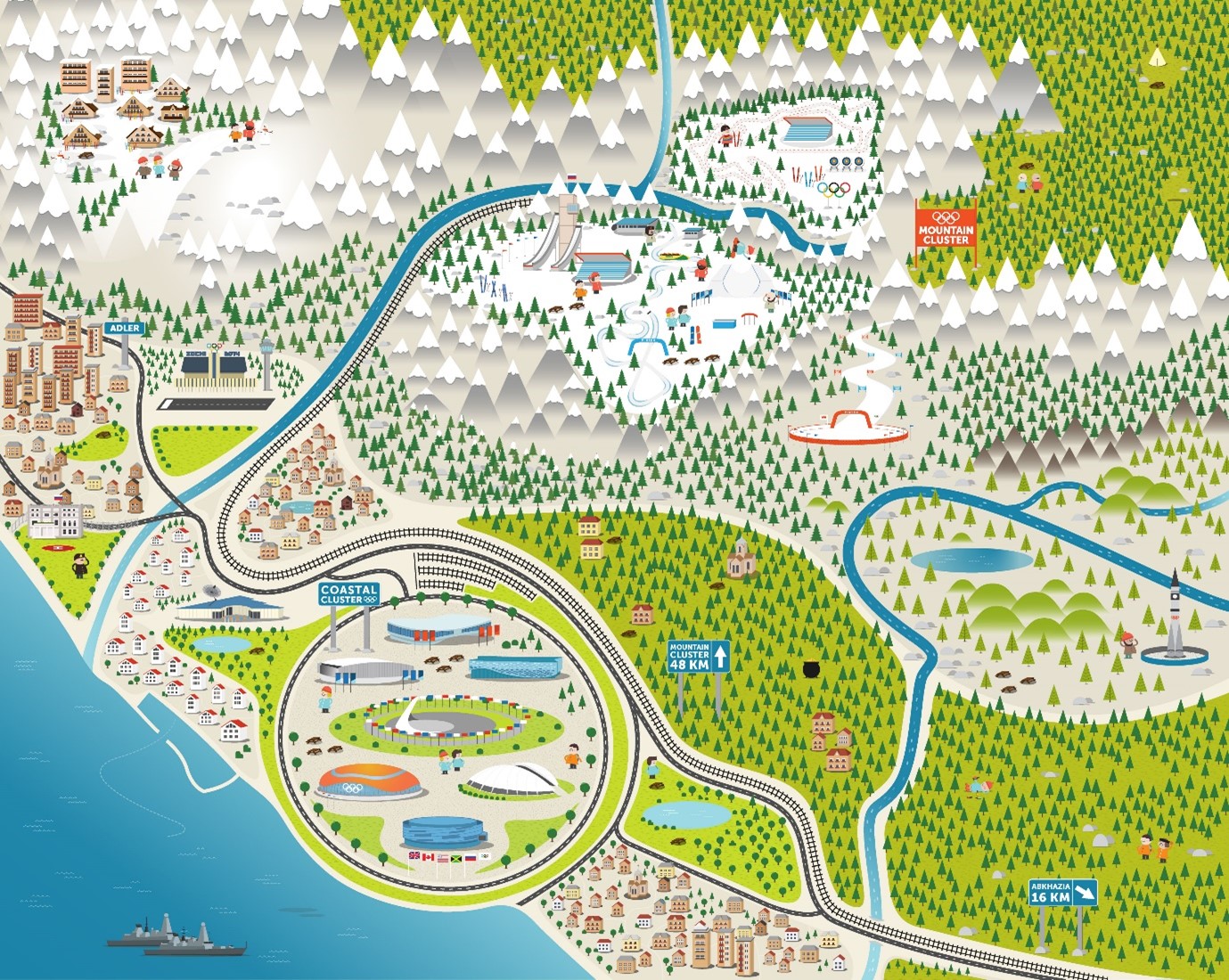
https://www.feeldesain.com/interactive-map-of-the-2014-sochi-winter-olympics.html
The researchers thought that the nearest place name Londina with flumen Londina referred to the place that was called London on the river also called London – this may be a little London with a little London river, but I think the real candidate for the town on the River London is the current Rostov-on-Don – not only is the ondon London without the L but there are several on-Thames places in London and upstream, so linguistically this is a match. So this City, and it would have been a City when the Anglo-Saxons created it as such would have been called by them London on London.
There is historical record that these Anglo Saxons over time travelled upstream to found Moscow so were the original Russians.
This picture illustrates this, it is a prevalence of Red-Heads:
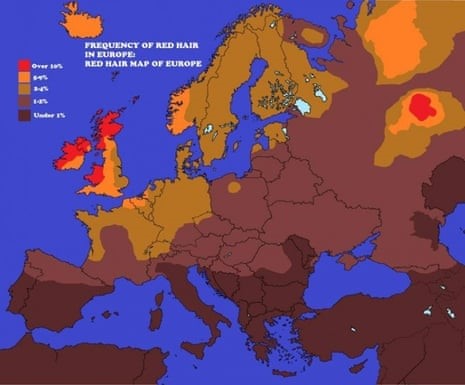
https://www.theguardian.com/politics/2013/nov/25/mapping-redheads-which-country-has-the-most
And ginger:
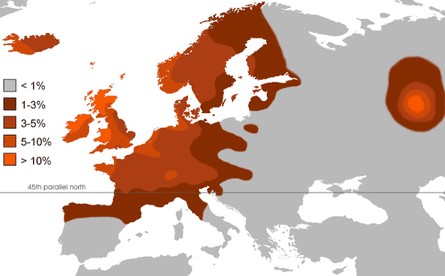
Note the isolated patch of red-heads and ginger haired people in the Moscow area
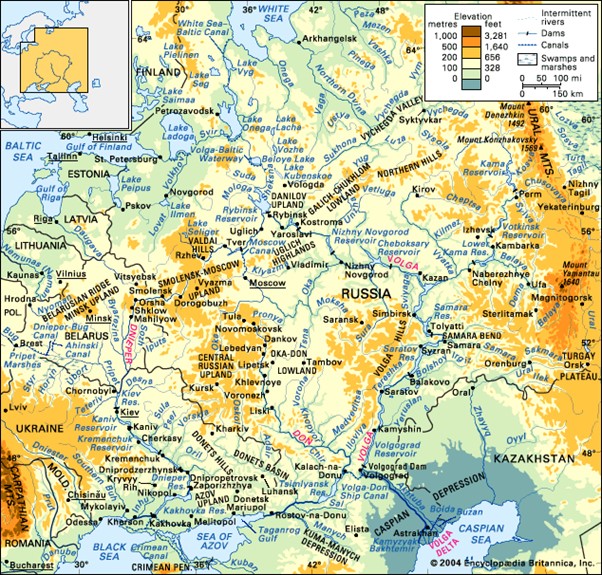
https://cdn.britannica.com/78/378-004-9D2D1DC2/Dnieper-river-basins-Don-drainage-network-Volga.jpg
Following the Don River upstream you get to the zone where there is a great prevalence of both red hair and ginger hair, which is matched only by the areas where Anglo-Saxons resided in Europe.
There is another throwback to their cultural roots in imagery, particularly Icon art. Look at the way the head is tilted, the design characteristics of the clothing, the hands, the way buildings are proportionately, the gold leaf – increased over time. You can see the developed memory in front of your eyes.
imagery
anglo-saxon
https://blogs.bl.uk/digitisedmanuscripts/2019/02/picture-this-portraits-of-anglo-saxon-rulers.html
icon art
google anglo-saxon portrait art and historic orthodox icon art for loads of examples and you will see how linked they are.
similarity
With their connection within the Varangian Guard at the heart of Constantinople which is the heart of the Orthodox Christian Church with the Apostle Andrew – one of the 12 chosen by Jesus as the first Bishop here. So this was the first way that the faith was practiced.
https://historum.com/t/nova-anglia-new-england-the-england-of-the-east.50306/ Athelstan Joined Nov 2010 287 Posts | 0+ Hampshire Dec 9, 2012 #3
There is a theory that the reason the Pope gave his blessing to the invasion of England in 1066 is that the Church in England still retained the Orthodox Faith after the Great Schism of 1054. There is a rumour that some members of the Orthodox Church are trying to get sainthood for King Harold as he died in defence of the Orthodox Church. Clearly a work in progress but it would give credence to why dispossessed English would travel eastwards.
The next article explains also why the Anglo-Saxons would be happier joining the Orthodox wing of Christianity as they had been rejected by Rome for not paying Peter’s Pence – this is reminiscent of the future America, also not willing to pay tax to a land far, far away.
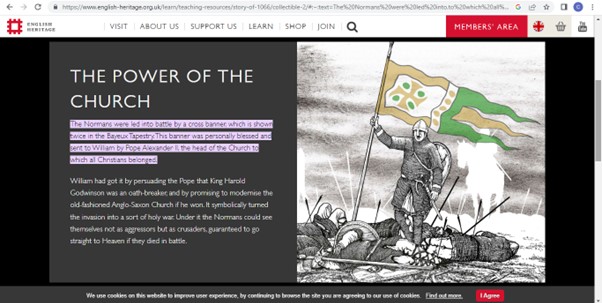
https://regia.org/research/history/papalpolitics.htm
Lenin:
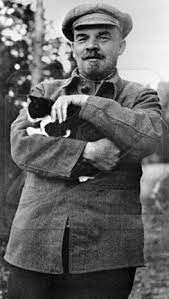
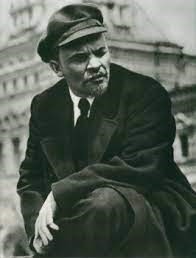
https://www.icp.org/browse/archive/objects/coal-miner-rhonnda-valley-wales-2
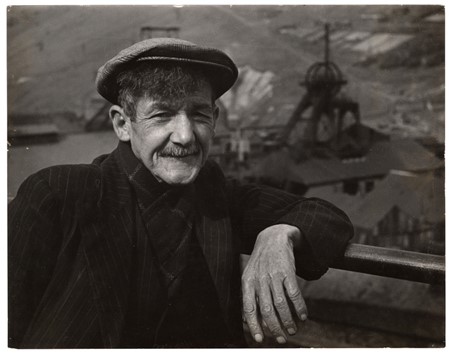
[Coal miner, Rhonnda Valley, Wales]
The politics are similarly left wing sharing in the round too, more Anglo-Saxon than hierarchical Norman, remember the monarchy that were deposed in the Revolution were imports, and heirs, the Tsar was a cousin of the current King of the United Kingdom then, they looked alike. Yes there are hierarchies in Anglo-Saxon Society but their nature is different as there are hierarchies in Communism which is different to the hierarchies of Capitalism.
https://spartacus-educational.com/Evgenia_Shelepina.htm
I have a personal connection to all of this as I am related to Arthur Ransome and he married Trotsky’s Secretary. In United Kingdom politics it is seen by the right as a derogatory term to be labelled a Trot – personally I’m very proud of that link as relatively speaking I am one!
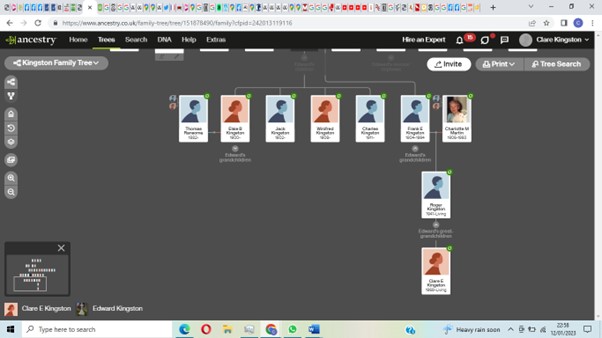
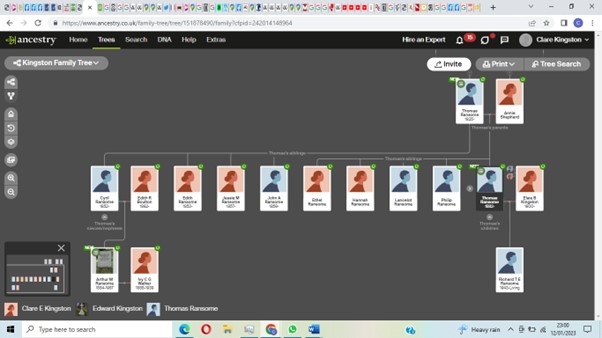
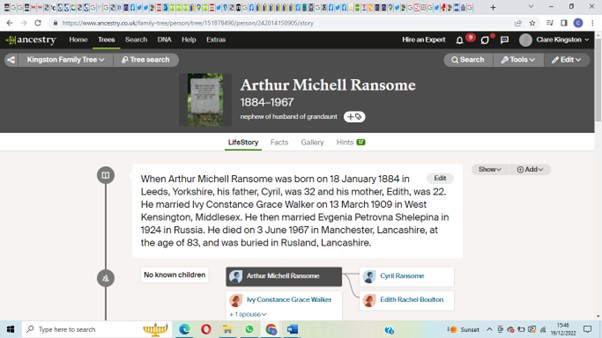
Where he was buried is quite amazing with the Rus land link in it. The Rus are the Russians. Rus means people who row. So appropriate then that he was the author of books on boats, Swallows and Amazons being one of them.
It is also one s short of what Germany calls Russia, Russland.
https://en.wikipedia.org/wiki/Arthur_Ransome
https://archive.org/details/autobiographyofa0000rans/page/n9/mode/2up
The autobiography of Arthur Ransome
By Ransome, Arthur, 1884-1967 Publication date 1976
The Nova Anglians would have rowed up the London River from London on the Warang Sea – named after them in their roles in the Varangian Guard
the Sea of Azov (described as ‘the Warang Sea’ in a Syrian map of c. 1150) and down the Black Sea coast east of the modern Kerch Strait.
https://www.caitlingreen.org/2015/05/medieval-new-england-black-sea.html
The town of London on London would have been the start of their journey upstream. And being renowned fighters they would have been fully involved in the creation of Russia going up the Don as the Eastern Europeans used the Dnieper River as their main highway, as the young people in old London use the Thames rowing past Kingston-on-Thames and Richmond-on-Thames in the annual University boat race.
In London Arthur heard newly translated Anansi stories and was spellbound by them, he desired to bring to the knowledge of other folk tales from other lands to the ears of others. He did collaborate to create Aladdin and His Wonderful Lamp in Rhyme. He decided to go to Russia to learn Russian to translate their tales. To learn Russian he read through children’s books going through their ages and wondered why this wasn’t the way languages were taught as he found it so much more natural and successful. His natural like you were there translation is a good explanation of Russian character. I thought the way trains travel are too, the English trains going badum badum in a constant low drum beat of even temper and when travelling on a Russian train it was silent along the tracks between stations then there was an almighty clattering at each station. This I think mirrors our respective histories.
https://www.gutenberg.org/files/16981/16981-h/16981-h.htm
The Project Gutenberg eBook of Old Peter’s Russian Tales, by Arthur Ransome
https://www.marxists.org/archive/lenin/works/1918/mar/23.htm
V. I. Lenin
Interview with Arthur Ransome, Correspondent of the Daily News{1}
Interviewed: March 23, 1918
https://archive.org/details/sixweeksinrussia00ransuoft/page/n4/mode/1up?view=theater
Six Weeks in Russia in 1919 – Arthur Ransome
https://www.marxists.org/archive/lenin/works/1922/nov/05.htm
V. I. Lenin Interview With Arthur Ransome
Manchester Guardian Correspondent[1]
October 27 – November 5, 1922
https://spartacus-educational.com/Jransome.htm#section5
The life history of Arthur Ransome
I read fully the facts of his life, including his autobiography, I was looking for personal family links to verify the spoken information I had heard from my family. The family firm of Kingston’s butchers had a purple Edwardian header on correspondence paper – called Edward Kingston then – with all Kingston names bar one which was T.E. Ransome. I wanted to check whether the close relationship he had with Lenin was evidenced anywhere. They said he played chess and laughed with Lenin and Trotsky. I did find evidence that this relationship was real. Lenin expressed that he would be pleased to see Arthur again (p151 of 6 weeks in Russia in 1919). He did marry Trotsky’s secretary, who did not want her whereabouts known once she’d escaped the country with Ransome, this is detailed in his autobiography, as those opposed to the Soviet leadership were killing them off, Trotsky himself was killed by an axe in Mexico, an axe seems more of a cold highly forested area sort of weapon to me, this need became particularly acute. https://www.history.com/news/the-trotsky-assassination-75-years-ago When Lenin died, he was at his funeral, he did not wish to subsequently see him in his mausoleum. He probably felt uncomfortable seeing a friend in that weird way. On a school visit to Russia we went to see Lenin in his Mausoleum and I did feel weird knowing that I was related to someone who was friends with this man, I tried to reconcile myself with memories of Madame Tussaud’s where I’d seen waxworks and the Planetarium but that did not really work, I did feel a bit disrespectful in that he was a man of my Grand and Great Grandparent’s generation in that he should not be a museum piece as he was worth more than that.
https://en.wikipedia.org/wiki/Ransomes,_Sims_%26_Jefferies
https://en.wikipedia.org/wiki/Ransomes_%26_Rapier
Arthur saw products from Ransome and Rapier being shipped in, in Estonia at Tallinn – called Reval in Esthonia then – he noted that the Ransome family came from East Anglia where the firm is based.
He was in Estonia with Evgenia on their way together out to the UK, and once his divorce from Ivy came through he married Evgenia there in Reval now called Tallinn.
We were moved from the hotel the school had booked, I can’t remember the name, prior to departure and were moved to the Hotel Rossiya right by Red Square. The largest hotel in the world at the time I think. This is now a green park with many levels. I remember the way the tour guides looked at me, I did feel it, I was 17 so did not feel I’d earned special treatment. We were served caviar there but I preferred the buttery savoury Russian Rice pudding we had for breakfast at the Hotel Leningrad and wished they’d export it in tins to us. We were in a place in a city named after Lenin, I did get a thrill from that, knowing that my relative knew him. This was the time of perestroika and glasnost and Mikhail Gorbachev. I bought my brother Michael a Russian bear that growled when you turned it, which he managed to stop it growling, I did note a parallel in that Mikhail also stopped Russia from growling. He gave that bear away, I wish I’d kept it, I remember it well, looking like a real bear with an orange cassock shirt with white stitch detail printed on it (in case anyone has one) https://en.wikipedia.org/wiki/Detsky_Mir Russian: «Де́тский мир This was brought from Detsky Mir – meaning Children’s World. Mir means peace – I did write and draw out мирeace at the time as the Cold War was defrosting. This was as a result of Mrs. Thatcher who invited Gorbachev to Chequers – the Prime Minister’s country retreat – before he became President. It was her who got the relationship with Reagan and Gorbachev started, though when they left her out of the cold, wanting a woman not to take credit, meeting in Iceland things flowed less well and started to stiffen.
One of the worries that was a repeated worry on the News a lot was Nuclear Weapons, the Nuclear Arms Race and the threat of total annihilation from them, on both sides, there was constant talk, eventually the realisation that if one fired one then the other would too leading to Mutually Assured Destruction, usually shortened to MAD. Prior to going to Russia I remember talking to the main teacher that took us on the trip saying that I was anti-nuclear, I still am, including for power generation, they are not safe, I knew when I was there as Chernobyl blew when we were there. I think we were going to visit Kiev from Moscow, Kiev is how we how we spelled it at the time and as in Chicken Kiev as we called it then, which was a favourite food at the time, chicken based in breadcrumbs with a garlic buttery centre, But our other place destination may have been changed to Leningrad. we may have been going to both Kiev and Leningrad as part of our itinerary and we missed out of the Kiev trip, perhaps Chernobyl the reason for the change? I don’t think they told us why there and then, it was simply no longer possible and as we were abroad and the teachers were responsible for 14 to 17 year olds they would not have questioned this. My Father was concerned and contacted the school and we were tested with Geiger counters in the gym (now a chapel) where it was discovered that we were fortunately safe, the sheep in Wales did not fare so well, the fallout came via the wind and rained down on them.
My Mother had the same effect as Margaret Thatcher on a much smaller scale in 1987 in the Falklands where there was an Argentine blue baby that needed medical help, she was a medical Doctor, and she flew via helicopter from the Falklands to Argentina to rescue the child and take them to hospital in Argentina, taking care of them en route. I wonder whether a macho man would have been able to break the ice here, whether they’d have let him in, they may have rather the baby die than lose face to save their own.
My Mother got the privilege of getting to meet Valentina Tereshkova at one of the three Women of the Year Luncheons she was invited to. She did not know Russian so spoke of her family. My Mum really wanted to visit Russia but due to rules for Forces personnel was not permitted to do so, she was envious of me being able to go there. I do remember thinking at the time that we were celebrating doing something already achieved before, she was the first woman to be given flying training since the second world war, whereas Valentina was the first woman cosmonaut (astronauts to us – the cosmos and stars) in space.
https://www.macearchive.org/films/central-news-east-16081984-woman-pilot
https://en.wikipedia.org/wiki/Valentina_Tereshkova
My Mother was in the Royal Air Force (I remember telling everyone to my Mum’s embarrassment that she was in the Real Air Force not the Woman’s one the WRAF at the time – there was a division then and it was her medical qualifications that allowed her into the men’s one) and the RAF’s motto is Per Ardua Ad Astra – through hard work to the stars. Mum was given Astronomy lessons by a professor as a child and I and her had aspirations here. We both went to a Careers in Astronomy event at Greenwich for me where I was thrilled to meet Heather Couper and was given a one on one information session regarding the date line with her, she did say how valuable that was and how lucky I was, I remember that well. I also remember the thrill in Russia of going to the Space Centre, the highlight of the visit for me, and being able to see Lunokhod close up and having Sputnik in the air above us and the then International Space Station called MIR Мир as in PEACE – I was sad when it fell to earth. I was so inspired by all this. Their collective effort really paid off, this is evidential.
UK Space Agency is now in Swindon at Polaris House on North Star Avenue, there was a train of that name. Swindon is the location of the first public library at The Mechanics’ Institute, 8 years prior to the one credited with that in Manchester. This has been run down since the 1990s which looks deliberate to me. Also run down at the moment with the Small Pool closed is the Health Hydro which has an extensive Turkish Baths, this is the home of the NHS, there were many Welsh workers working on the Railways in Swindon which is visible in street names eg Cambria Bridge Road ‘The Cambrian Period was followed by the Ordovician Period. The period gets its name from Cambria, the Roman name for Wales, where Adam Sedgwick, one of the pioneers of geology, studied rock strata.’ They were inspired to copy this model in Wales which inspired the then Health Secretary who was Welsh Nye Bevan to create the National Health Service, NHS. Nursing and Care was started earlier in the Crimea, so this place has a place in our hearts, this is the second time as the first was when the Nova Anglians arrived and settled there. Nursing was started by The Lady with The Lamp Florence Nightingale and Nursing Care by Mary Seacole who set up her ‘British Hotel’ within the Front Line
https://www.historyheroes.co.uk/2020/04/florence-nightingale-mary-seacole-and-the-crimean-war/
https://www.youtube.com/watch?v=u5pSbe-9bNQ
Mary Seacole VS Florence Nightingale | Vile Victorians | Horrible Histories
The Crimea is a large land mass only tentatively joined to the main Eurasia land mass to the North and close to the land mass to the East separated by a narrow strait – it is about the size of Wales. It could be it’s own independent state. I for one would like to be free to access this country. It is very close to the hearts of the people of the UK and of the Caribbean too.
Both the Ukraine and Russia are massive countries. The EU is large too, proportionately the UK is to the EU as what the Ukraine is to Russia and you could argue that the way that the UK was treated by the EU was an inspiration to Russia. Additionally the breaking relationship the EU has with Russia inspires some in the UK to favour Russia more. Recycling Conflicts.
Russia has had to defend itself against European aristocracy. The White Russian were so called after the white flag of the French Bourbon dynasty relating to the French Revolution, both the Soviets and the French used Red Flags in their revolutions and we all know the red Hammer and Sickle. The First World War was initiated by them to the loss of the German Kingdom and then the fall of the Russian Autocracy, the British Royals saw themselves as next and fought to make Russia fail in its Soviet Socialism as International Socialism was the declared aim, Lenin stayed in London and London was the home of Karl Marx. You could say that The Cold War was started by The White Russians supported to a very great degree by the British and their supporters.
Currently Russia is both fighting back and supporting the workers via Ransom ware affecting International post at the Royal Mail whose workers are on strike against appalling changes to their contracts after their autocratic capitalist CEOs got them imprisoned due to a glitch caused by an error at the top affecting accounts in their Post Office computers which was Made in the UK.
The Royal Mail’s colour is red, like the telephone boxes which used to all belong to the same state owned firm.
The red fortified Kremlin in Moscow which as can be seen from the genetic data of red heads and ginger traits too, was founded by the same people. The Grand Duchy of Moscow was sounded when the Kievan Rus fell. So those that were part of that rowed up – remember Rus means people who row – the river from London-on-London now called Rostov-on-Don upstream to form this new state.
https://en.wikipedia.org/wiki/Gytha_of_Wessex
Gytha of Wessex (born c. 1053/1061 – died 1098 or 1107;[1] Old English: Gȳð) was one of several daughters of Harold Godwinson, the last Anglo-Saxon king of England, and his consort, Edith the Fair. Through marriage to Vladimir II Monomakh, Gytha became a princess of Kievan Rus’.[2]
https://en.wikipedia.org/wiki/Harold_Godwinson
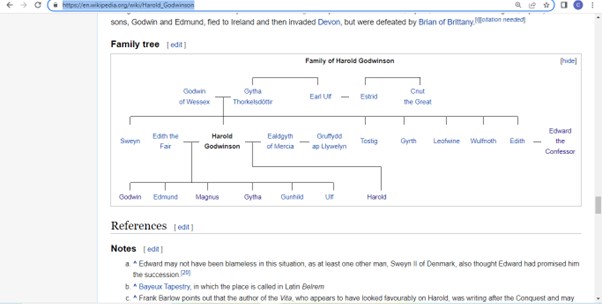
Lenin was born North East of Moscow. Trotsky was born in what is now called Ukraine. It is clear from the Russian Revolution that they were once part of a great state or empire – we in the UK can identify being part of others’ empires and actually having one ourselves. And we were chased away by the same people trying to stop the Soviets succeeding. The Russian Flag is now similar to the post revolutionary French flag. By the way I do not think Arthur Ransome was a dual agent, he was more of a fact checker and teller of the Truth, to both sides, explaining inaccurate propaganda away with facts.
Culturally you can see the similarities between us all in dress in Eastern Europe and designs on narrow boats – the flowers match up beautifully – this sort of flower design features on the inside walls of St. Basil’s in Red Square.
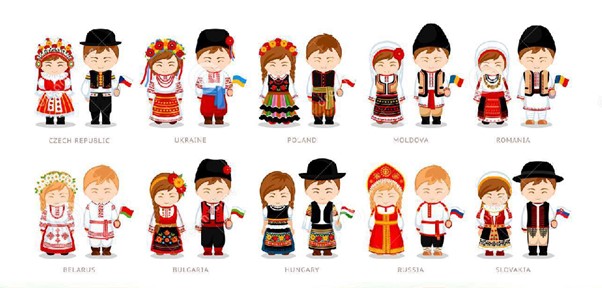
https://www.spectator.co.uk/article/the-forgotten-history-of-ukraine-and-poland/
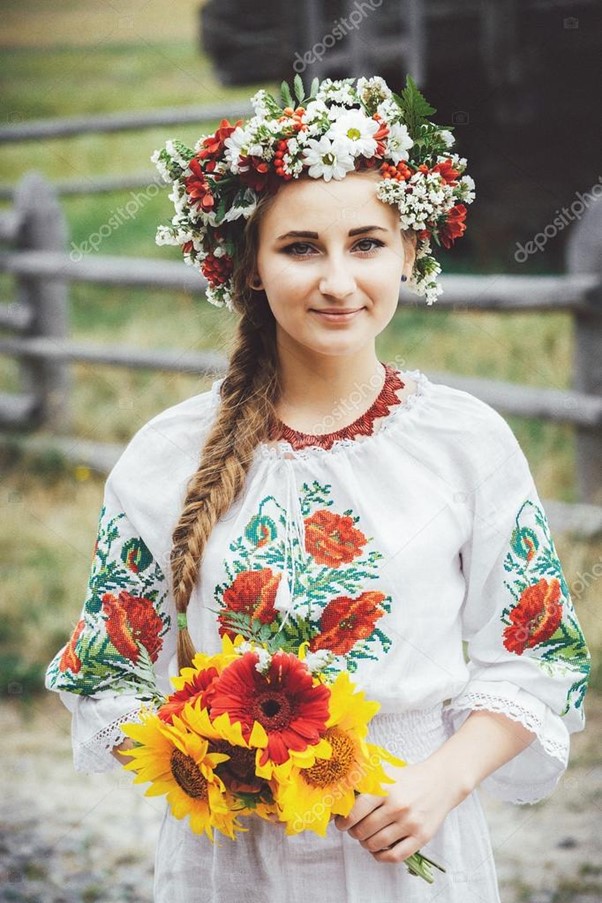
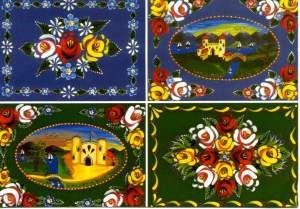
https://www.pinterest.co.uk/pin/1266706135824466/
https://www.theguardian.com/artanddesign/gallery/2019/aug/12/canal-boat-painting-in-pictures
This is written by The Guardian, which was The Manchester Guardian which Arthur Ransome wrote for, now based in London on the Regent’s Canal.
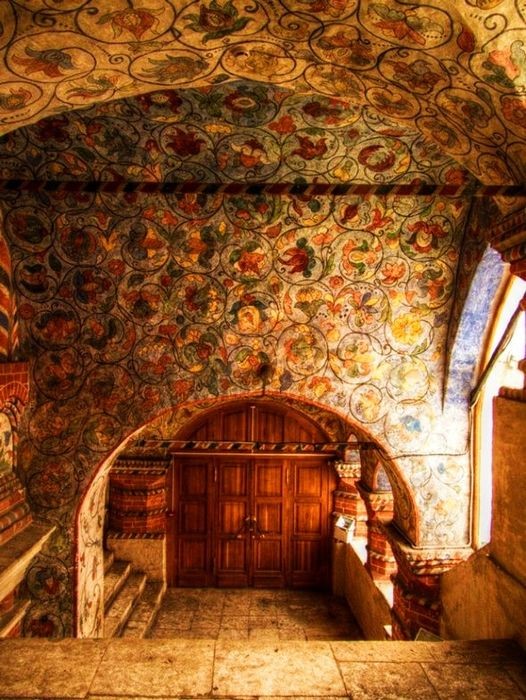
The Medieval to Modern Mediterranean and Silk Road ·
Mostafa Helal · ·
a delightful details of the painted walls in St. Basil’s Cathedral in Moscow’s Red Square.
Mid 16th century
The autocratic Henry VIII destroyed all our beautiful paintings inside our churches, he was a Tudor King, and the Tudors are Welsh, they have Red hair. He is related clearly and has serious Tsar like attributes. And chopped off many heads. All because the church would not allow him to divorce his wife. Interesting that prior to the Tudors, when the Normans were in charge, they were connected to Europe, but once they had got rid of them an early Brexit happened, going to Rome to ask the Pope for permission to do something was not like calling someone on the phone, it was slow and arduous like the European Courts.
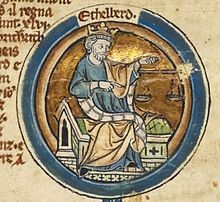
![]()
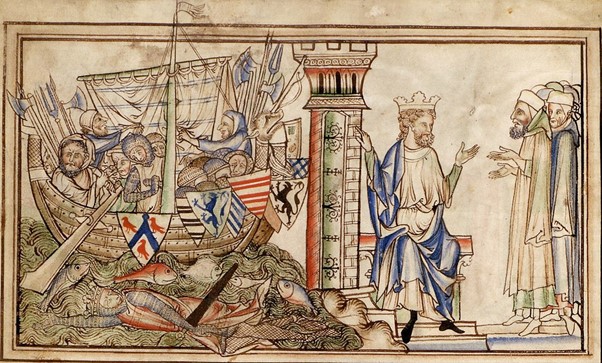
https://simple.wikipedia.org/wiki/Egbert_of_Wessex
then St. Edward the Confessor and King Edward the Confessor (same person)
pdtnrsSoeonum8gr 5ggiu520a2at uulJa7cc l3f483u:0ma11iu642yt9 ·
Porträt Der Kaiserin Irene, c.1122
Hagia Sophia, Istanbul, Turkey
Byzantine Mosaics
Susanna Balázs Piroska, the first-born daughter of King Saint László of Hungary and Princess Adelhaid of Rheinfeld. She was a Byzantine empress under the name Eirene. Thank you.
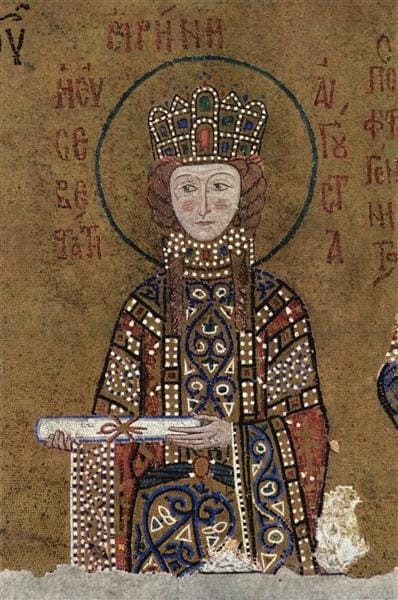
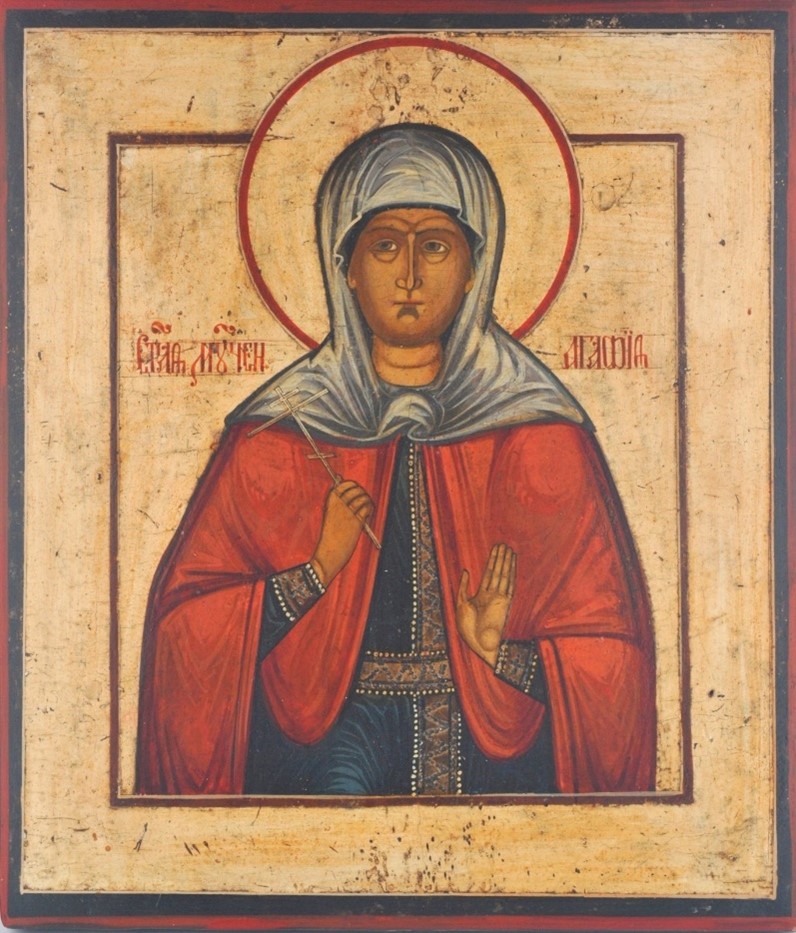
St. Agatha
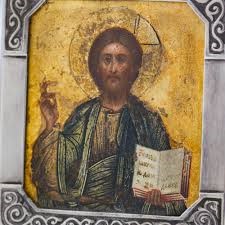
wood miniature icon of Christ Pantocrator. Hallmarked with Russian silver mark 88 (915 standard), Moscow, Makers mark in Cyrillic for Karl Faberge.
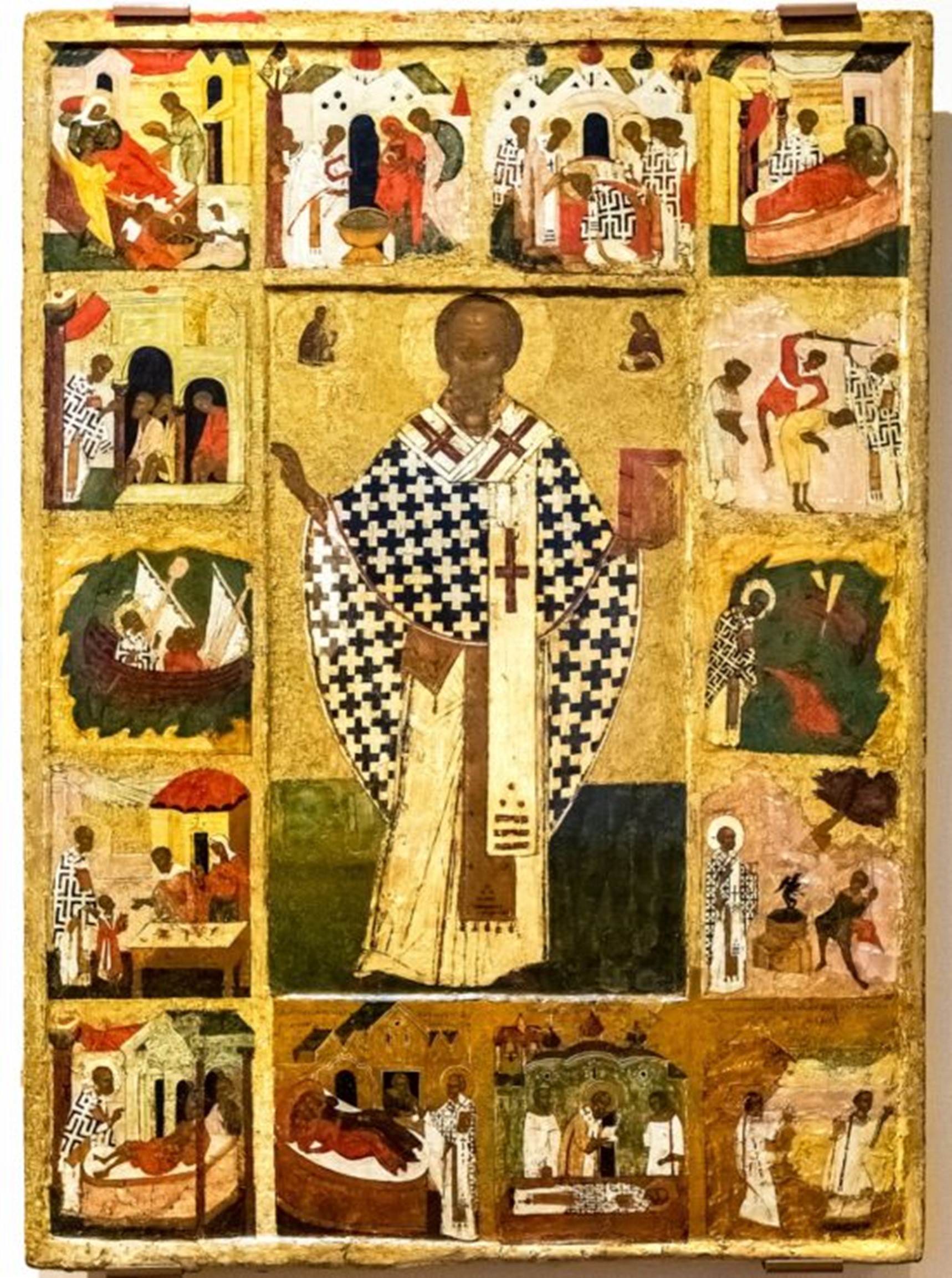
Life of St. Nicholas (Father Christmas)
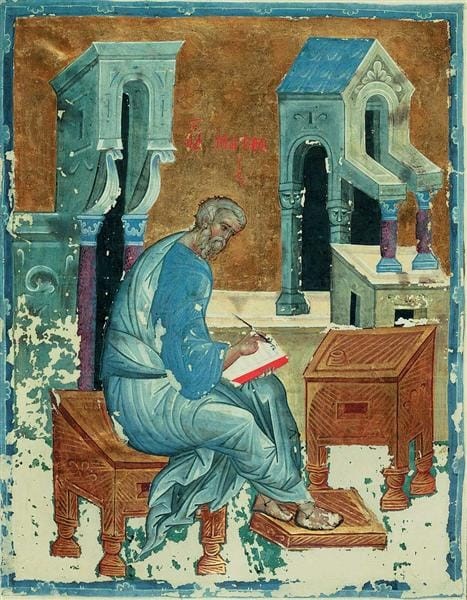
St. Matthew the Evangelist, c.1400 – Andrei Rublev
Russian State Library, Moscow, Russia
Art similarities also is reflected in Icons.
If you look at portraits of Anglo-Saxon Kings with their heads tilted to one side, the gold surrounding them on the paper and the buildings, their proportions, and all proportions, clothing style, hands et cetera. You should note that one follows on from the other, inherited on into the new Kingdom. And the State and Faith Iconic Imagery matched and became solely to worship men and women of God.
Our Lady of Kazan
![]()
![]()
https://sarasotaantiquebuyers.com/history-of-russian-icon-art-characteristics/
Icons, a characteristic and symbolic part of Russian culture, have their roots back in the year 988 AD. It was the year that Kievan Rus’ converted to Christianity. For more that 1,000 years, the Greek division of Christian faith, Orthodox Christianity, educated and formed both cultural and spiritual basis of the Russian society. This led the inspiration of artists and craftsman. Worship of icons, as well as their painting both imported into Russia at that time, originates from the Greek Orthodox tradition.
Russian icons are typically paintings on wooden boards, which have a religious subject. Their name ‘icon’ comes from the Greek word “ikona” that means ‘image’ or ‘likeness’.
Save face
Good image
Looking fair
Playing fair
Relatively
LEGO comes from the Danish phrase “Leg Godt,” which means “play well” in English and “I put together” or “I assemble” in Latin.
The Royal families of Europe used to meet in Denmark well before Lego was invented, and before the war which was to divide them, well, all apart from the German Kaiser Wilhelm II. I wonder why, perhaps it was because he was disabled, perhaps this attitude ultimately disabled and divided all of Europe. This family fell like dominos then.
Angles on England
The strange thing about all this Anglo-German antagonizing is that we are in fact one and the same race. We have the previous Deutschland Chancellor Angela Merkel, pronounced as in the mathematical Angle rather than Anjel which is the current norm of pronunciation for English speakers, or Angel as in Angeland or Engeland to become England.
“Modern Angeln, also known as Anglia (German: Angeln, Danish: Angel, Latin: Anglia), is a small peninsula (within the larger Jutland peninsula) in Southern Schleswig in the northern Schleswig-Holstein, Germany, protruding into the Bay of Kiel. It is separated from the neighbouring peninsula of Schwansen (Danish: Svans orSvansø) by the Schlei inlet, and from the Danish island of Als by the Flensburger Förde (“Firth of Flensburg“). Whether ancient Angeln conformed to these borders is uncertain. It may have been somewhat larger; however, the ancient sources mainly concur that it included the territory of modern Angeln. Angeln has a significance far beyond its current small area and country terrain, in that it is believed to have been the original home of the Angles, Germanic immigrants to central and northern England, and East Anglia. This migration led to their new homeland being named after them, from which the name “England” derives. Both England and the English language thus ultimately derive their names from the Angles and Angeln.” http://en.wikipedia.org/wiki/Angeln
I always find it funny when England are playing Germany in football, the ardently exclusive nature of the English supporters who parade the superiority of the England team over the Germans, when rather amusingly the name England is in fact German. To be the Angelic arm of the Anglo-Saxon peoples is in fact a great honour as expressed by Pope Gregory as quoted by Bede:
“The Angles are the subject of a legend about Pope Gregory I which apparently has roots in history. Gregory happened to see a group of Angle children from Deira for sale as slaves in the Roman market. Gregory inquired about their background. When told they were called “Anglii” (Angles), he replied with a Latin pun that translates well into English: “Bene, nam et angelicam habent faciem, et tales angelorum in caelis decet esse coheredes”(“It is well, for they have an angelic face, and such people ought to be co-heirs of the angels in heaven”). Supposedly, he thereafter resolved to convert their pagan homeland to Christianity” Ecclesiastical History of the English People, book 2 by Bede http://www.thelatinlibrary.com/bede/bede2.shtml http://en.wikipedia.org/wiki/Angles
“The Angles are definitely mentioned by Tacitus. They formed in his time part of the great confederation of peoples bearing the common name of Suevi. They were associated with six other small nations in the cult of the goddess Nerthus – mother earth– whose sanctuary was in an island in the ocean. As Tacitus is known to apply the name Mare Suebicum to the Baltic, his Ocean should probably be identified with the North Sea. In any case, his language suggests that the Angli were a maritime people.” p12
Stenton, Sir Frank Anglo-Saxon England – The Oxford History of England – The Continental Angles in Chapter 1 The Age of Migration – Oxford University Press, Oxford – 1971
In German, the word Angeln has three other meanings: as a verb, angeln means “to angle”. It is written with a capitalized initial letter in its nominalized form: das Angeln (n) = “(the) angling” (compare “(the) fishing” = das Fischen (n) or die Fischerei (f)).
When used with the plural article, Angeln means “fishing rods“: die Angel (long form: die Angelrute) (f) = “the fishing rod”, die Angeln (die Angelruten) (p) = “the fishing rods”.
Finally, the term Angeln also refers to the people of the Angles: die Angeln (p) = “the Angles”, while Eng. “the angel” = Ger. der Engel (m), “the angle” = der Winkel (m), “the angler” = der Angler (m), and “the fisherman” = der Fischer (m).
There is also a theory that Angeln meant “hook” (as in angling for fish), in reference to the shape of the peninsula. Compare Old Norse ǫngull and Modern Nynorsk angel or ongel, with the meaning (fish) hook, cognate with English angle.
Linguist Julius Pokorny derived it from the Proto-Indo-European root *ang-, “bend” (see ankle).[1]
It is also possible that the Angles may have been called such because they were a fishing people or were originally descended from such.[2]
We move in the same circles, we have the same aspirations, the same love of sailing over oceans, historically we are actually on the same team, and rather admire each other, and value very highly each other’s achievements and deeply desire to emulate them.
Or be better than them, sometimes this can get out of hand and ratchet up notch by notch to become something far more serious and far less fun. In the following account – I have seen other references to this, which when refound will add to this article – we see sibling rivalry cause a conflict. The roots were that Edward was the second child of Queen Victoria but the first born son, his sister Princess Victoria gave birth to the Kaiser, there were birth complications, so he had one withered arm. He was really trying to prove himself. You could say that this was a two-fold discrimination, sexism against his mother and against his own disability, he was excluded from family fun hosted by the Danish Royal Family. He built his Navy up to be at least as good as the one of the British Empire then. As a result of the First World War the Kaiser lost his crown, and Cousin Nicholas and his family lost their lives in Russia. The only one remaining was, post the Edwardian era, George V who defended himself by attacking the Soviet Socialists, as Karl Marx was a Londoner, he thought he would be next. The White Russians, the White Flag, not being one of surrender in this case, it had eventually been for the French Bourbon (like the nice chocolate biscuits as nice as Nice biscuits from Nice) dynasty whose heads were cut off by the First Republic. There is a monument of white flags as you enter Elysée in Paris, the home of the President of the Republique, probably a statement of where all political power is centred in France, democratically this time.
https://www.tatler.com/article/kaiser-wilhelm-king-edward-vii-cowes-week
The royal faux pas at Cowes Week that foreshadowed the First World War | Tatler
Images included in this article on the Page
Arch sailing rivals Kaiser Wilhelm and the future King Edward VII clashed at the Isle of Wight sailing festivities
By Rebecca Cope
4 August 2022
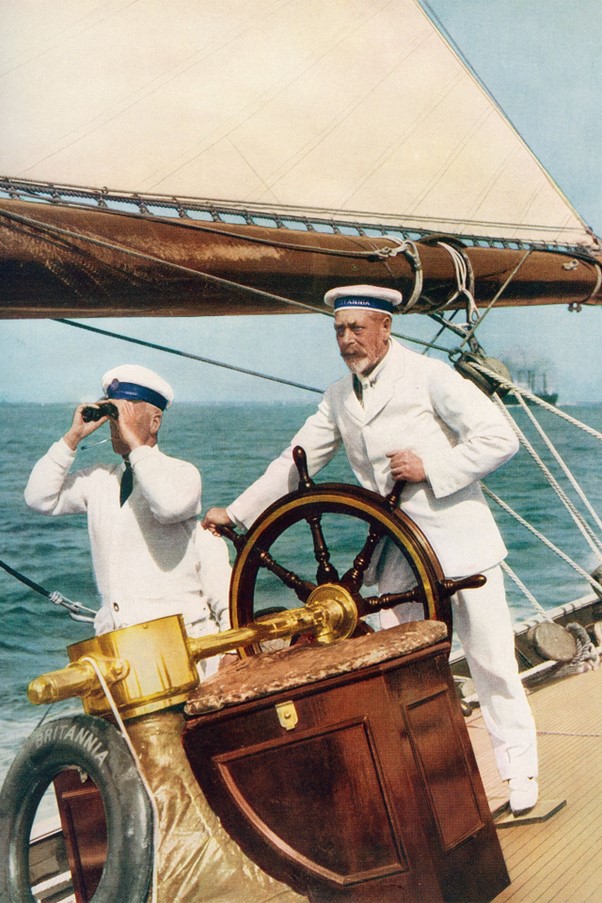
KING GEORGE V AT THE WHEEL OF HIS YACHT, BRITANNIA, DURING COWES REGATTA WEEK, 1924Universal History Archive / Universal Images Group via Getty Images
This week marks the return of Cowes Week on the Isle of Wight, an all-singing, all-dancing sailing competition attended by the great and the good of high society. The annual festivities have had a royal connection as early as its second year, 1826, when King George IV showed his approval of the event by presenting the King’s Cup.
Queen Victoria, who ascended to the throne 11 years after it was established, was another notable royal patron. There is even a famous old British joke about her fondness for the island: ‘Why did Queen Victoria never ride a horse?’ ‘Because she preferred Cowes’.
ADVERTISEMENT
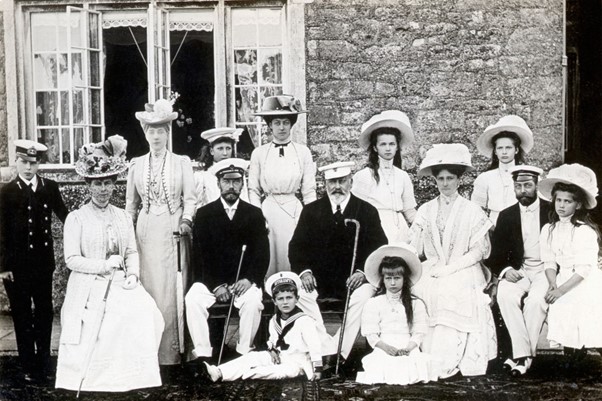
FROM LEFT TO RIGHT, THE FUTURE EDWARD VIII, MARY OF TECK, QUEEN ALEXANDRA, PRINCESS MARY, PRINCESS VICTORIA, CZAR NICHOLAS II OF RUSSIA; KING EDWARD THE VII; PRINCESS OLGA OF RUSSIA, EMPRESS ALEXANDRA, PRINCESS TATIANA; THE FUTURE GEORGE V AND PRINCESS MARIE OF RUSSIA AT COWES WEEK IN 1909Bettmann / Getty Images
ADVERTISEMENT
Yet it was two of Victoria’s descendants who have perhaps the most significant history at Cowes, her son Prince Edward (future King Edward VII) and her grandson, Kaiser Wilhelm II, who regularly clashed there in the 1890s.
On his annual trip to see his British relatives, Wilhelm was reportedly loud and aggressive, with his sense of humour leaving much to be desired. Meanwhile from the other side, it has been speculated that his British relatives mocked his attire, which was not right for the summer-casual aesthetic at Cowes, with its boat shoes and striped blazers.
The kaiser and the future king tried constantly to one-up each other with bigger, faster, flashier boats, with the German nephew desperate to impress his English uncle, who of course was known for his great fleet of naval ships.
In 1896, the kaiser had the biggest yacht yet built, the 121-ft long Meteor II, which he pitted against Edward’s Britannia. After it won, the future king retired from racing at Cowes.
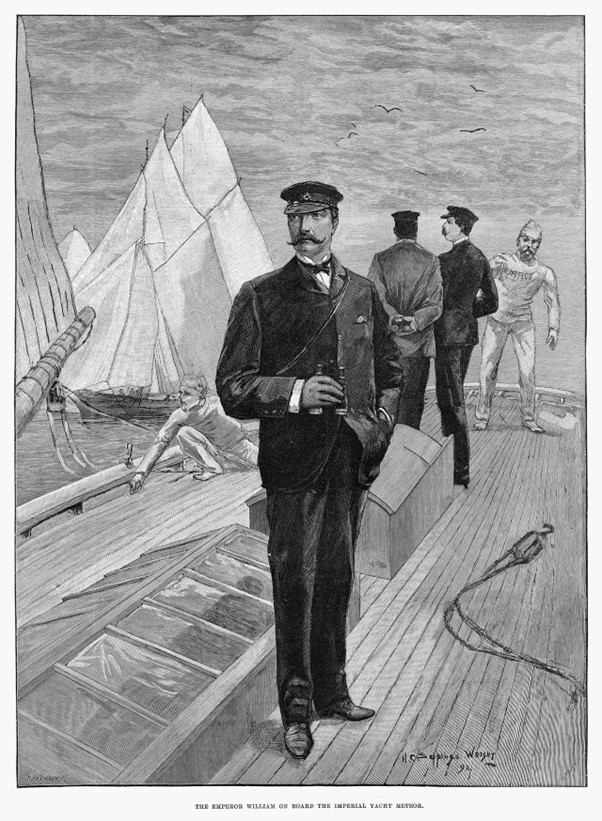
WILLIAM II OF GERMANY ON BOARD HIS YACHT METEOR AT THE COWES REGATTA, 1892Granger Historical Picture Archive / Alamy Stock Photo
In 2008, reports emerged via the descendant of a bystander that the future king had punched his nephew, after he laughed at him for losing in a race. As Henry Brasted, son of local yachting specialist William Brasted, told the Daily Gazette: ‘Kaiser Bill jeered King Teddy about the result, where straight away King Teddy hit him in the mouth, knocked him down, then stormed into the club.
‘My father watched all this from the beaten rowing cutter. That episode was never printed in the papers at that time – imagine the consequences if they had.’
Historian Maldwin Drummond confirmed that there was a frostiness between the two royals, telling the paper at the time: ‘There was certainly a considerable amount of bad blood. They were never pals because the kaiser was always trying to be one up. This irritated the Prince of Wales at first but later on it became more annoying, and there was no love lost between them.’
Of course, by the 1910s, relations between the uncle and his nephew were truly in a bad way, with the outbreak of the First World War looming in 1914.
Subscribe now for a trial offer of 3 issues for £1 plus free digital editions and home delivery.
More from Tatler
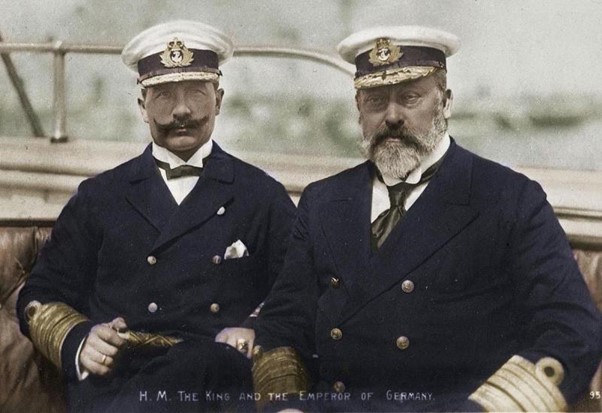
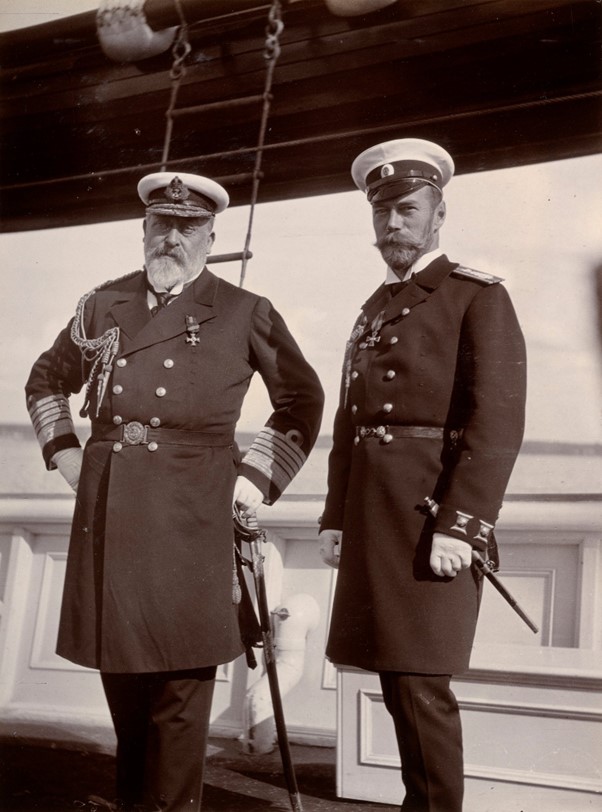
King Edward VII and Tsar Nicholas II
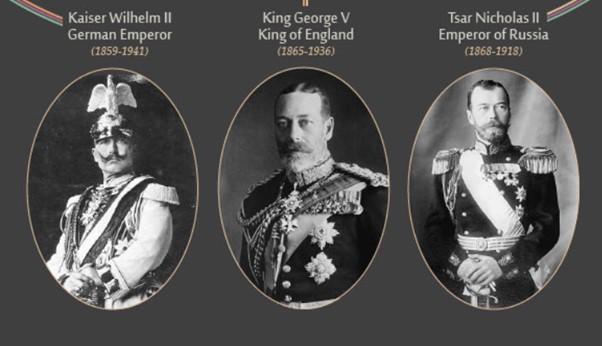
Kaiser King Tsar
